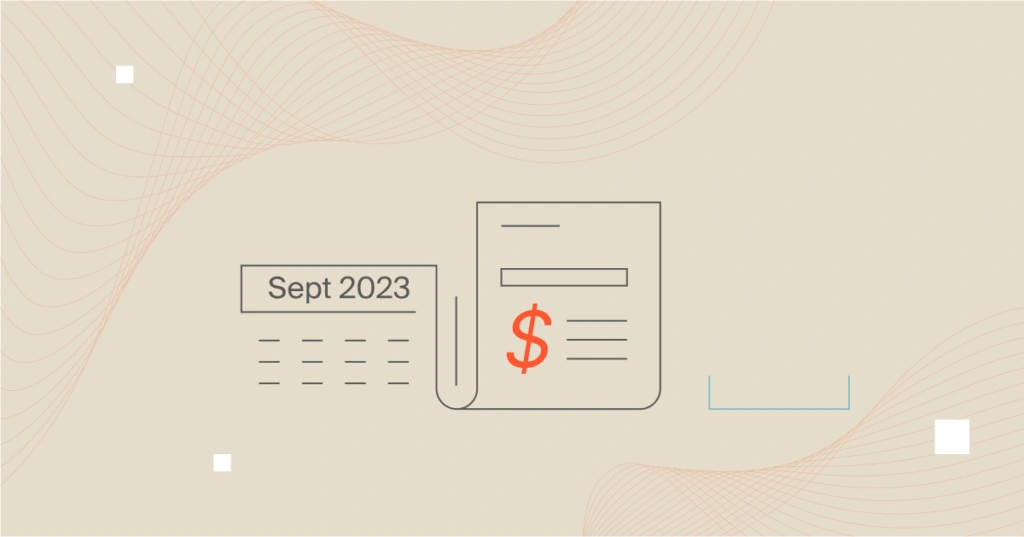When it comes to September’s cloud cost news, cloud-based organizations will have to take a little bit of sour news along with the sweet:
Cloud costs continue to rise with inflation, and IBM cloud service users will soon see price hikes, but AWS and Azure have both recently released updates that may help you keep your costs under control.
Read on to see how these changes may affect your company in the coming months.
Cloud Cost News Of September 2023
The AWS Cost Anomaly Detection monitor received a capacity increase
Good news if you’re an avid user of AWS’s Cost Anomaly Detection feature: the limit for custom monitors has been increased from 100 to 500.
This means anyone with a management account can keep a close eye on five times more cost allocation tags, cost categories, or linked accounts than before.
Large organizations will find this upgrade particularly beneficial, as the previous limit was frequently insufficient for companies with many accounts and very complex cost data.
Microsoft clients saw the first full month of access to Azure’s latest pricing structures
In August, Microsoft made a few changes to its pricing tools. That means September was the first time users had a full month of access to these new tools and could test them out to see how they affected their cloud costs.
The goal of the updates was to make pricing more transparent and user-friendly, so Azure users can better anticipate their monthly costs, budget for services, find discount offers, and avoid sticker shock when trying out a new software solution.
If you’re using any of the following Microsoft services, you’ll want to take a look at the new pricing tiers, tools, and offers that have just become available:
- Azure Service Fabric
- Microsoft Fabric
- Virtual Machines and Virtual Machine Services
- Block Blobs
- Azure Data Lake Storage
- Microsoft Defender
- Azure Monitor
- Azure Data Manager for Energy
- Microsoft Graph Data Connect
- Azure Kubernetes Services
- PostgreSQL
- Databricks
- Managed Lustre
IBM announced a cloud price hike
International organizations that use IBM cloud services — including but not limited to IBM’s Kubernetes services, RedHat OpenShift, Cloudant, and Message Hub — should plan for a price increase of up to 26% effective January 2024.
This announcement is not exactly welcome news, but it also isn’t surprising given that cloud costs have risen almost universally along with inflation. In fact, IBM is just the latest company to join Microsoft and Salesforce, among others, by announcing this price increase. Unfortunately, it also probably won’t be the last.
International customers will be most affected, but domestic customers may feel the same squeeze soon.
For now, Cloud Object Storage is the only increase U.S. customers will see. IBM does not plan to increase prices in its U.S.-based data centers like it will for international data centers, but users should keep in mind that conditions may warrant domestic price hikes in the future.
In Today’s Tightening Economy, Tracking Your Cloud Costs Closely Is Your Best Bet To Combat Rising Prices
Even as Microsoft and Amazon continue to improve their pricing and cost anomaly detection tools, the battle against rising cloud costs rages on.
Your best defense is to track your cloud costs closely on a per-unit level with CloudZero, so you can see exactly where every dollar goes at the end of the month. And, with real-time cost anomalies sent to your team daily, you’ll know right away if costs are starting to get out of hand.









